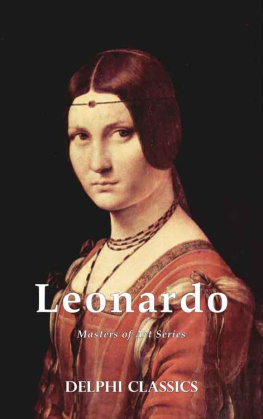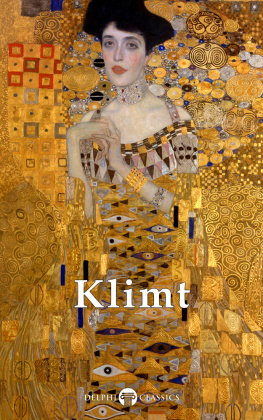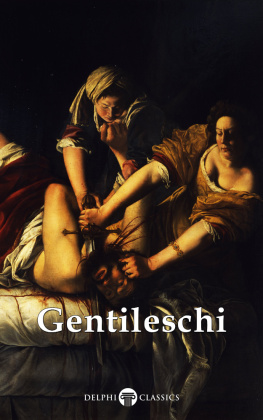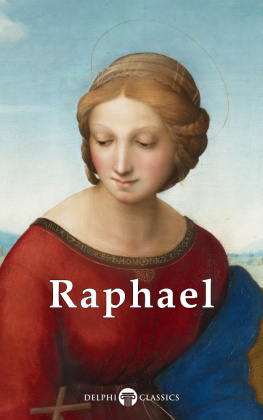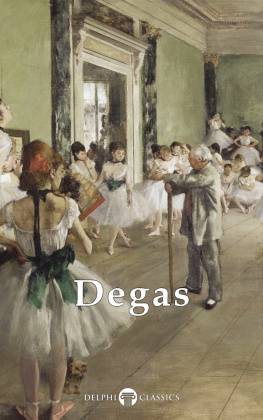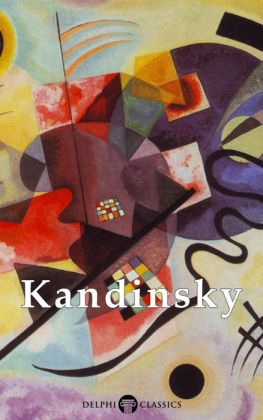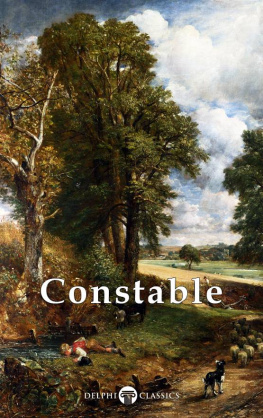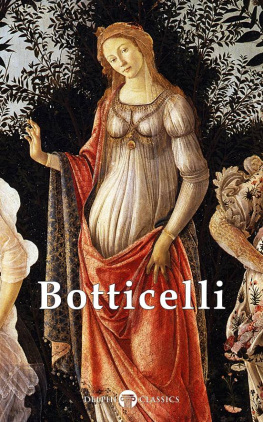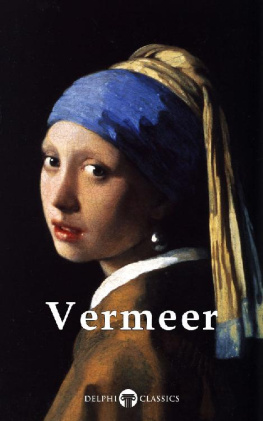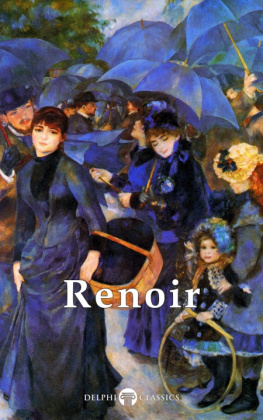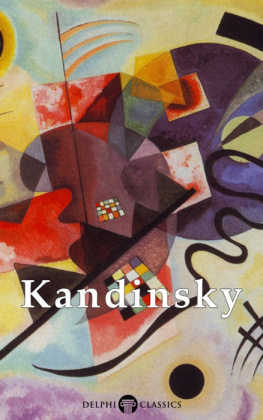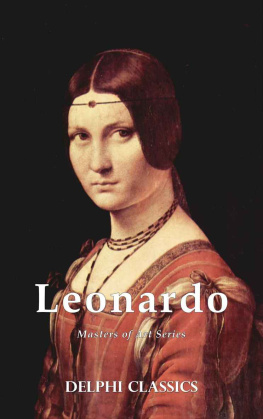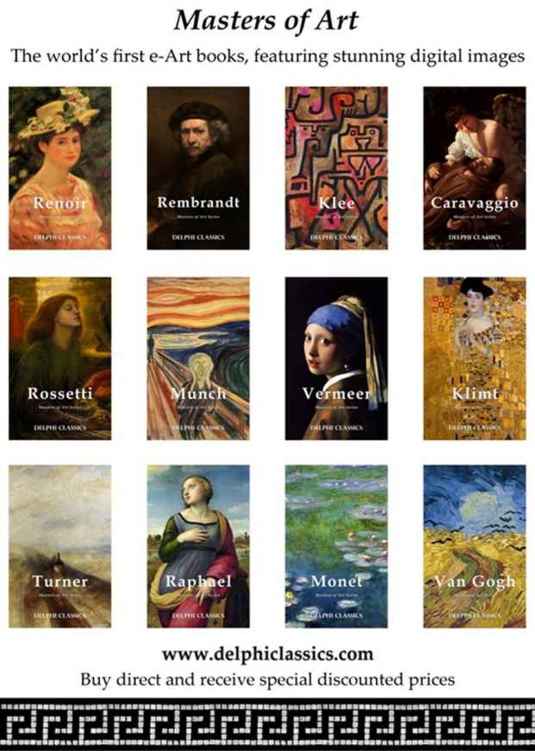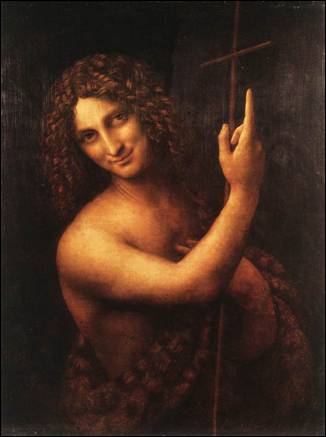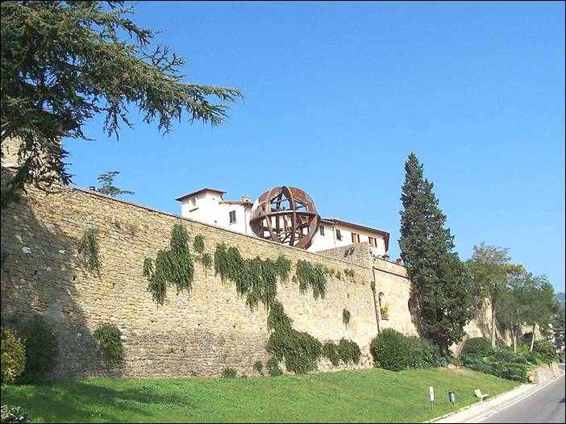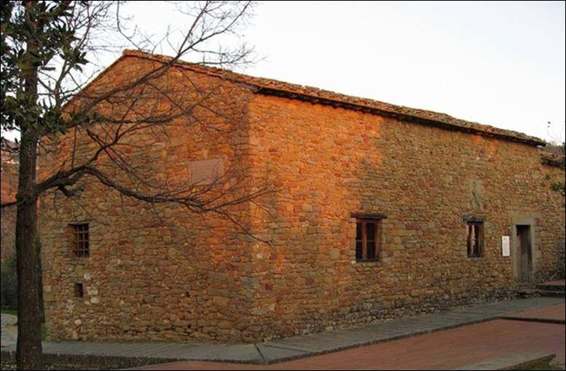TOBIAS AND THE ANGEL

Completed by 1480, this altar painting is attributed to the workshop of Andrea del Verrocchio and is now housed in the London National Gallery. Some art historians believe that Leonardo, who was a member of Verrocchios studio at the time, had painted some of the work, most likely the fish. David Alan Brown, of the National Gallery in Washington , attributes the painting of the little dog to Leonardo as well. If these scholars are correct, then this would be the first extant painting of the renowned artist.
Theimage depicts a scene from the Book of Tobit, in which Tobias, son of Tobit, meets the angel Raphael, without realising his true identity. Tobias had been sent by his father to collect a sum of money that the latter had deposited some time previously in the distant land of Media . According to the story, Raphael represented himself as Tobits kinsman Azariah, and offered to aid and protect Tobias on his journey. Under the guidance of Raphael, Tobias made the journey to Media, accompanied by his faithful dog. Along the way, when washing his feet in the river Tigris , Tobias was attacked by a fish that tried to swallow his foot. Under the instructions of the angel he seized it and removed the heart, liver and gall bladder to make a special medicine. Raphael then told the young man how the fish could be used to cure Tobias cousin, a young woman named Sarah, who was plagued by the demon of lust. Asmodeus, the worst of demons had previously abducted and killed every man she married. Through the angels aid, Tobias was successful in driving the demon away from his cousin and the two were speedily married.
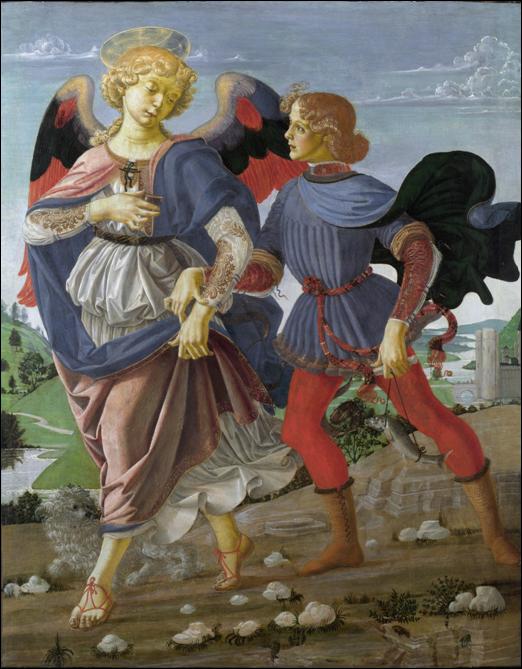
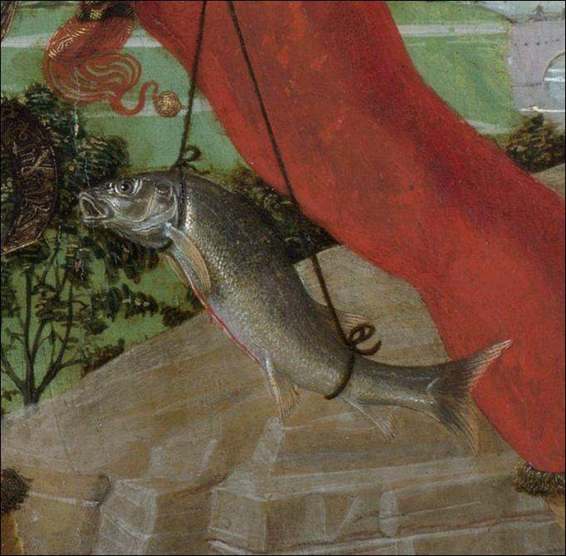
Detail
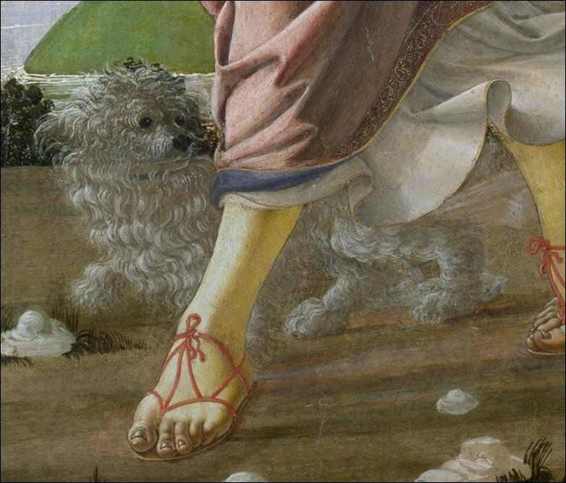
Detail

Detail of Archangel Raphael some scholars claim Leonardo was a model for this subject
MADONNA OF THE POMEGRANATE

Also known as The Dreyfus Madonna, this oil painting has been attributed to Verrocchio and Lorenzo di Credi, as well as Leonardo. The anatomy of the Christ Child is so poor as to discourage firm attribution by most critics, while some believe that it is a work of Leonardos youth. This attribution was made by Suida in 1929. Other art historians, such as Shearman and Morelli, attribute the work to Verrocchio.
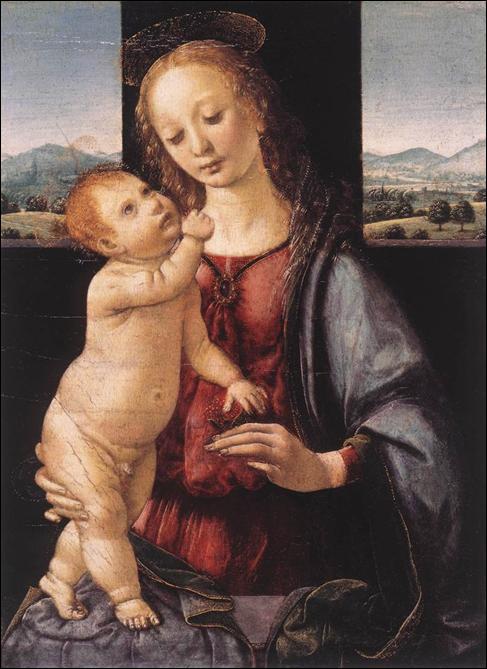
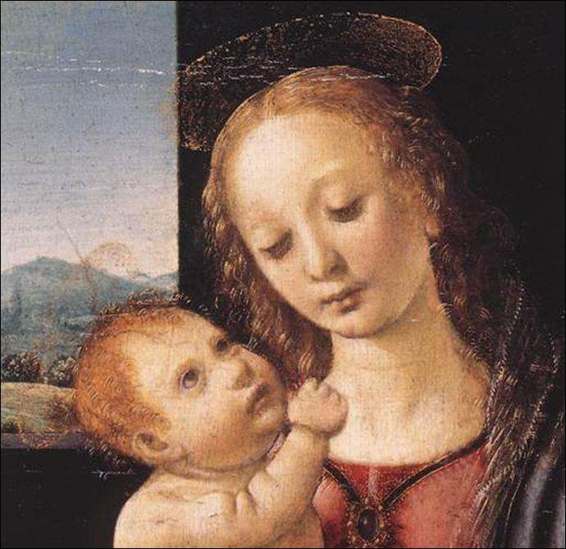
Detail
THE MADONNA OF THE CARNATION

This oil painting was completed by 1480 and is permanently displayed at the Alte Pinakothek gallery in Munich. The central subject is the young Virgin Mary with Baby Jesus on her lap. Mary is seated and wears precious clothes and jewellery. With her left hand, she is holding a carnation, which has been interpreted as a healing symbol. Originally this painting was thought to have been created by Andrea del Verrocchio, but art historians now tend to agree it is Leonardos work. The canvas is the only work by Leonardo that is permanently on display in Germany.
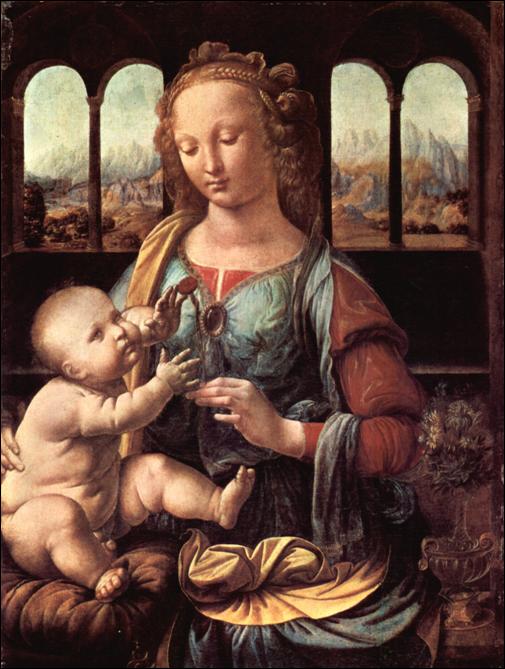
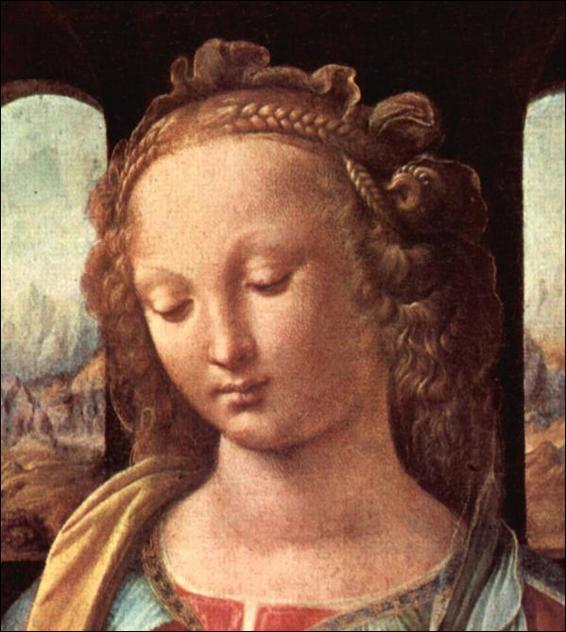
Detail
THE BAPTISM OF CHRIST

This painting was finished circa 1475 in the studio of the painter Andrea del Verrocchio and the work is now generally ascribed to him and his young pupil Leonardo. Some art historians believe that other members of Verrocchios workshop had a hand in the painting as well. The picture depicts the Baptism of Jesus by John the Baptist as recorded in the Biblical Gospels of Matthew, Mark and Luke. The angel to the left is recorded as having been painted by Leonardo. The work is now permanently housed in the Uffizi Gallery in Florence.
Commissioned by the Church of S. Salvi, the painting was later transferred to the Vallumbrosan Sisterhood in Santa Verdiana. In 1810 the work entered the collection of the Accademia and passed to the Uffizi in 1959. In the 16th century the work was discussed in Giorgio Vasaris Lives of the Painters in the biographies of both Verrocchio and Leonardo da Vinci.
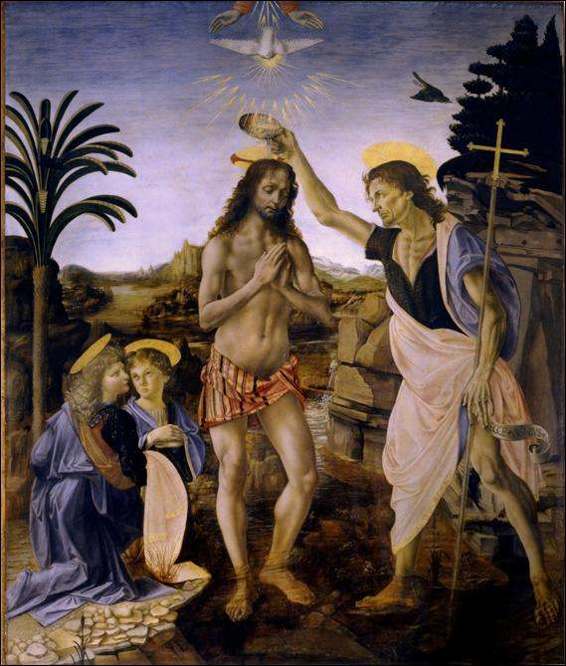
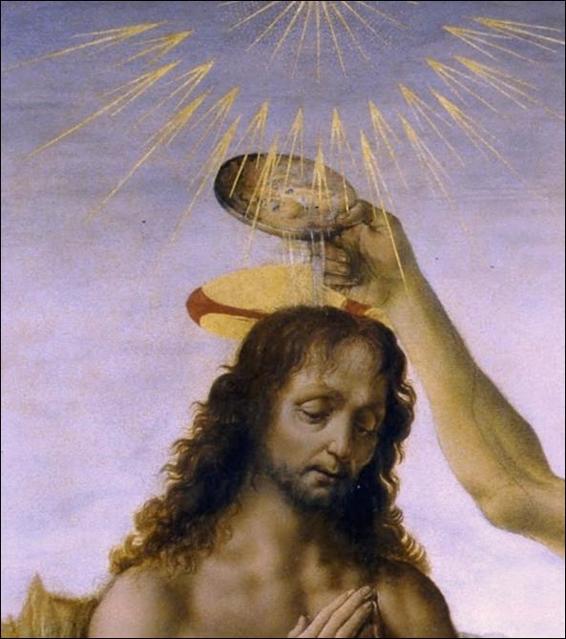
Detail
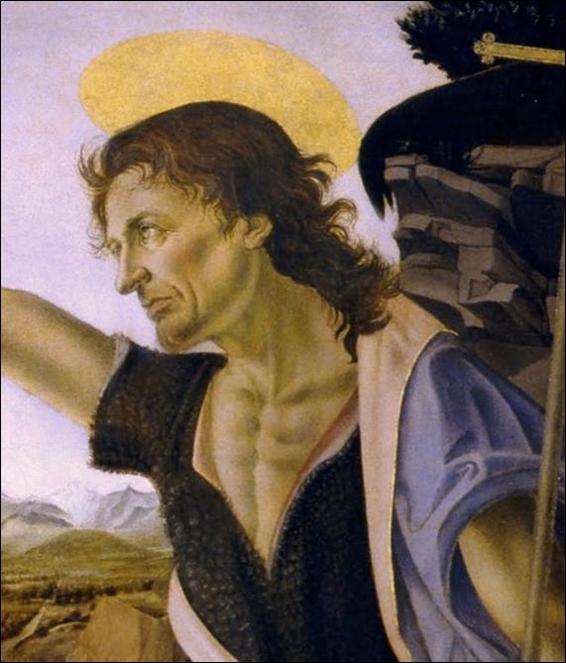
Detail
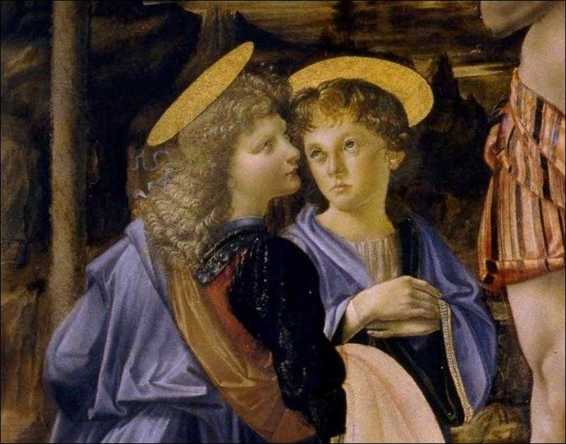
Detail
THE ANNUNCIATION


